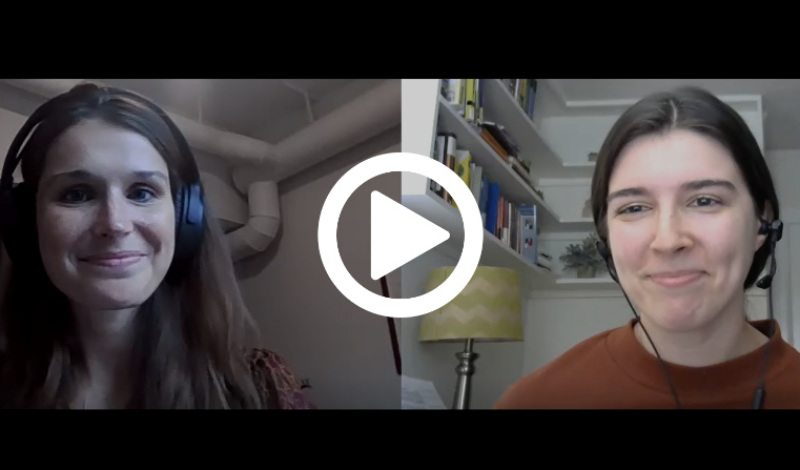
News Goggles: Emilie Munson, Times Union
This week, we talk to data reporter Emilie Munson of the Times Union, a local news organization based in
News Goggles annotations and activities offer news literacy takeaways on timely topics. These resources feature examples of actual news coverage, including full news reports, headlines, breaking news alerts or excerpts.
This News Goggles resource originally appeared in a previous issue of The Sift newsletter for educators, which explores timely examples of misinformation, addresses journalism and press freedom topics and examines social media trends and issues. Read archives of the newsletter and subscribe here.
This new annotation feature is designed to help your students learn to think like journalists while reading news coverage. What would their digital worlds look like if they could put on a pair of “news goggles” to see coverage through a journalist’s eyes?
In this edition of News Goggles, let’s turn our gaze to a key standard of quality journalism — sourcing. A Sept. 10, 2020, straight news article by The Associated Press, a news wire service, focuses on California’s deadly wildfires.
★ Featured News Goggles resources: Download our full annotations in Microsoft Word (preferred) or as a PDF for a deeper dive into the sourcing and other notable points of this report. These classroom-ready slides break down the big takeaways from our analysis for discussion.
Note: Even as news organizations like the AP were working to provide the public with verified, fact-based information about the fires, others online were spreading misinformation. See:
Discuss: The story begins by spotlighting the death toll from the wildfire. Is this sensationalizing? Why would leading with human loss be important? Consider what makes a story newsworthy and what information is the most important for the public to know. Do you agree that every news report about wildfires should mention that climate change makes them more common and severe? Is doing so showing bias about a controversial issue, or is it an example of protecting the public’s interest in a fair and accurate way?
Idea: Review the sources used in this AP report. Are the sources diverse? Why or why not? Do you think including diverse sources (in terms of age, gender, race, economic background, etc.) affects the news coverage in any way? If so, how?
Resource: “Understanding Bias” (NLP’s Checkology® virtual classroom).
Have feedback about this resource? Or an idea for a future News Goggles? Please share it with us at [email protected]. You can also use this guide for a full list of News Goggles from the 2020-21 school year for easy reference.
This week, we talk to data reporter Emilie Munson of the Times Union, a local news organization based in
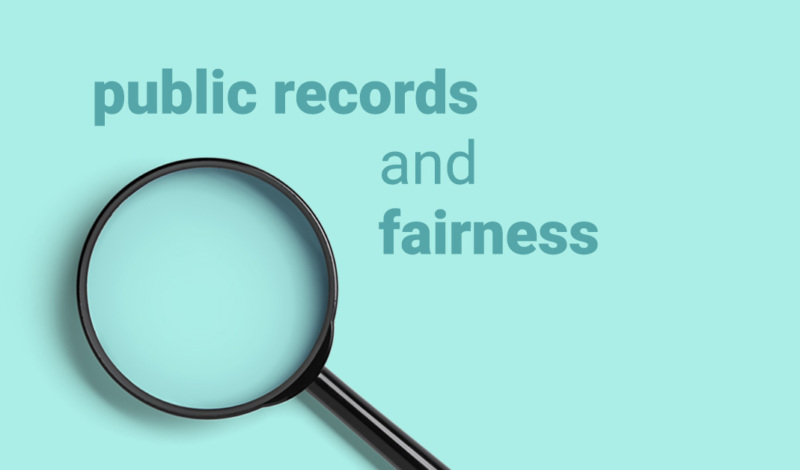

In this edition of News Goggles, we’ll take a closer look at the use of records alongside elements of
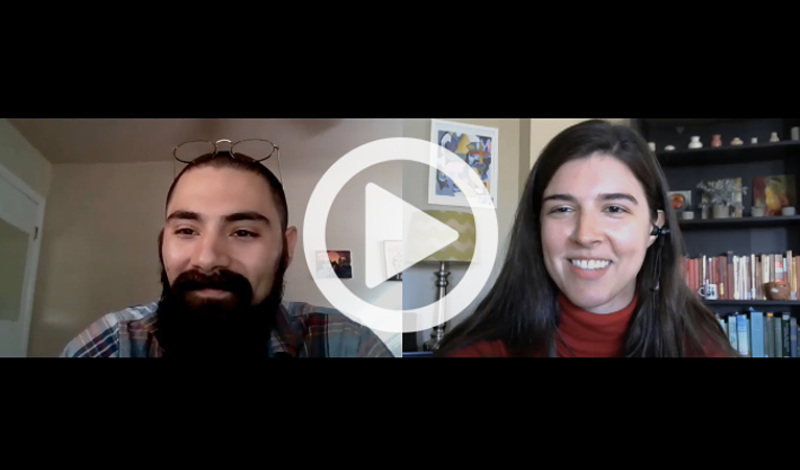

How do journalists see news? Put on a pair of “news goggles” and check out these conversations with professional
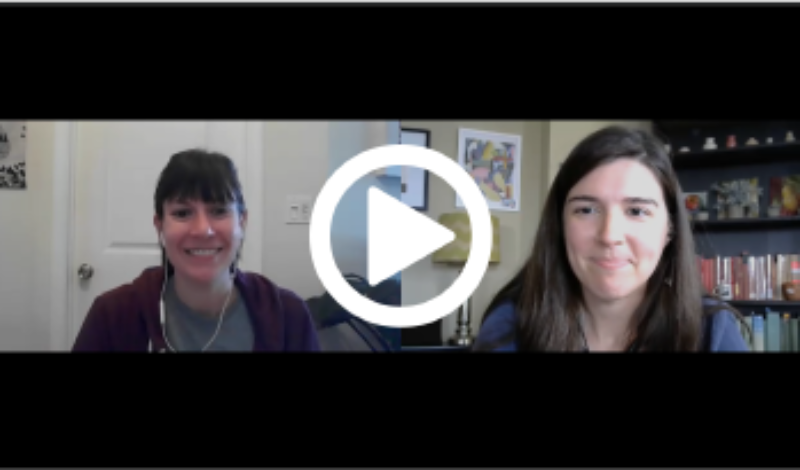

This week, we talk to Emily Hoerner of the Chicago Tribune about her recent story on public restroom access.
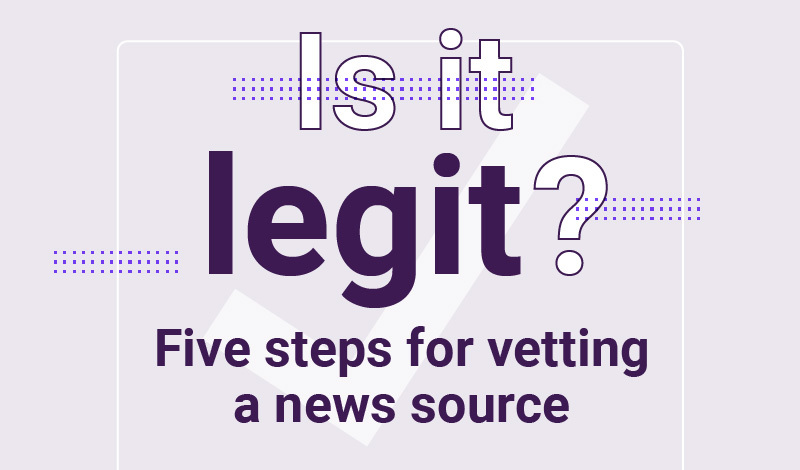

Many sources compete for attention online, including partisan blogs and bogus sites posing as legitimate news organizations. It can



